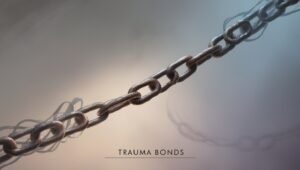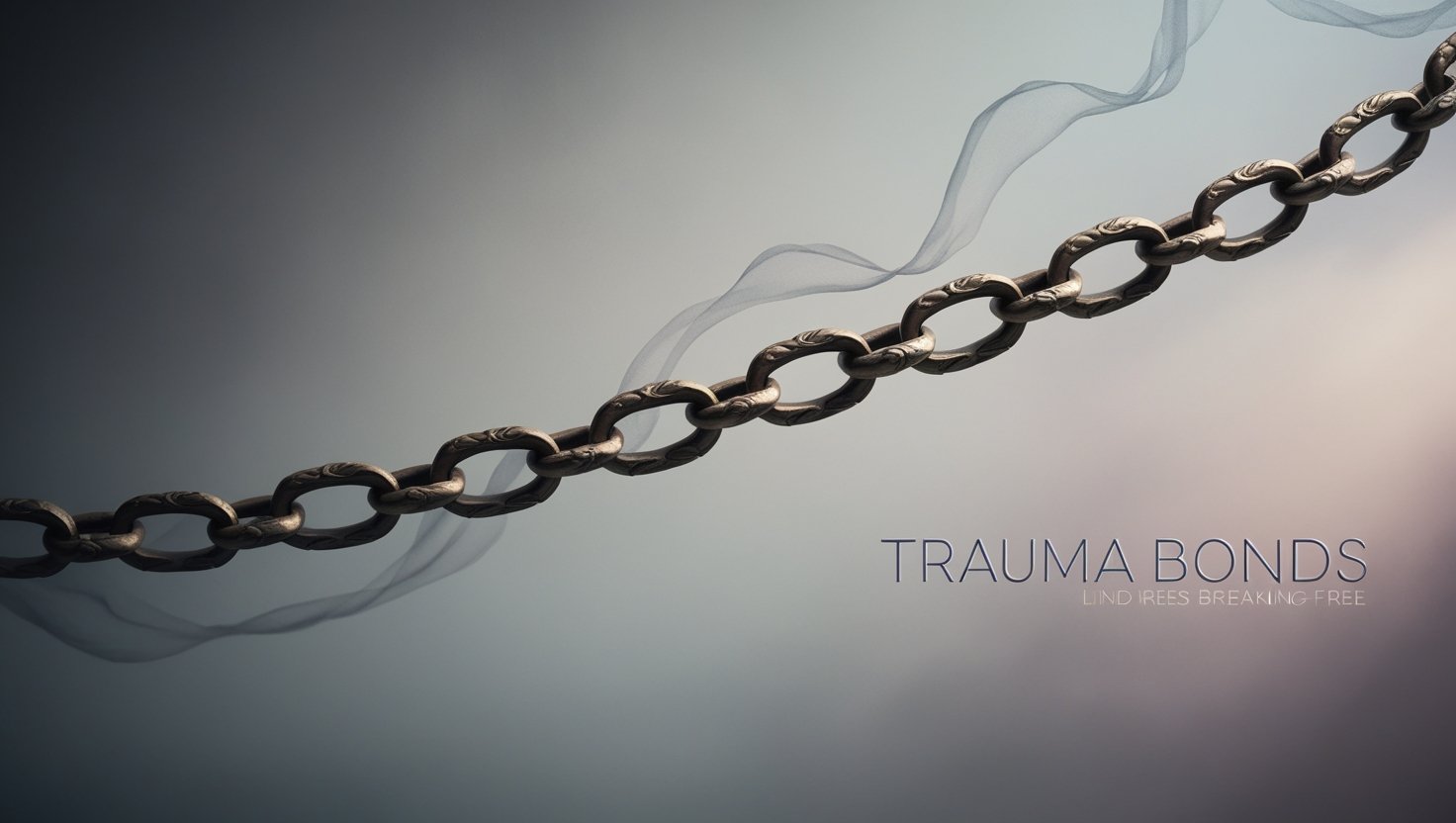Trauma is not defined solely by an event itself, but by how the individual emotionally responds to it. While many people experience trauma at some point in their lives, its impact varies. For some, the effects gradually fade. For others, trauma can evolve into more severe conditions, such as Post-Traumatic Stress Disorder (PTSD).
Giles Fourie, Director and Co-owner at White River Manor, explains:
“Some people are able to move on with little disruption, while others are deeply affected—mentally, emotionally, and physically—and may turn to unhealthy coping mechanisms like substance abuse, often leading to co-occurring disorders.”
When trauma is prolonged—especially in cases of domestic abuse—it can lead to the development of trauma bonds. These emotional attachments can be incredibly difficult to break. In this article, we explore the nature of trauma, how trauma bonds form, and the steps needed to break free.
What Is Trauma?
Trauma is deeply personal. What’s traumatic to one person may not be to another—and that doesn’t make anyone’s experience less valid.
Common causes of trauma include:
-
Physical or emotional abuse
-
Bullying or harassment
-
Racial trauma or hate crimes
-
Natural disasters
-
War or combat exposure
-
Sexual assault or exploitation
-
Severe accidents or injury
-
Kidnapping or hostage situations
-
Witnessing violence or death
-
The sudden loss of a loved one
-
Childbirth complications
Even witnessing traumatic events—without being directly involved—can leave lasting emotional scars.
The Three Types of Trauma
-
Acute Trauma
Results from a single event, such as a violent attack or car accident. Symptoms may resolve with time or short-term support. -
Chronic Trauma
Stems from prolonged exposure to distress, like repeated abuse or combat. Symptoms may not appear until years later. -
Complex Trauma
Arises from multiple traumatic experiences, often in close relationships (e.g., childhood abuse or neglect). This form of trauma is especially deep-rooted and complex to heal from.
Many people live with unresolved trauma, unaware that their emotional and physical responses are rooted in past pain. Understanding your trauma is the first step toward healing.
Recognizing Trauma Symptoms
Trauma manifests in a wide range of emotional and physical symptoms. While some people heal naturally, others continue to suffer long-term effects.

Common symptoms of trauma include:
-
Anger or irritability
-
Anxiety and panic attacks
-
Depression
-
Obsessive thoughts or behaviors
-
Self-medication with drugs or alcohol
-
Social withdrawal and isolation
-
Disordered eating
-
Emotional numbness or dissociation
-
Persistent fatigue
-
Nightmares and flashbacks
-
Insomnia
If any of these symptoms resonate, it may be time to explore the possibility of trauma and seek support.
What Are Trauma Bonds?
A trauma bond is a deep emotional attachment that forms in the context of ongoing abuse, often reinforced by intermittent acts of kindness, affection, or apologies. This cycle of harm and reward creates a confusing dynamic that keeps victims emotionally tied to their abuser.
These bonds can form in romantic relationships, families, workplaces, and even hostage situations—similar to what’s seen in Stockholm Syndrome.
Why Trauma Bonds Are Difficult to Break
According to the Broxtowe Women’s Project:
“Trauma bonding resembles Stockholm Syndrome—both are survival mechanisms developed in emotionally or physically dangerous environments.”
In abusive relationships, the trauma bonding cycle may look like this: an abusive incident occurs, followed by apologies and affection. This creates a false hope that things will improve, and the victim clings to the idea that love and safety are just around the corner—if only they can “do better” or “be enough.”
This emotional confusion and attachment are what make trauma bonds so hard to escape.
How to Break a Trauma Bond
Breaking a trauma bond is hard—but absolutely possible. Healing takes time, support, and self-compassion. Here are key steps to help you begin:
1. Understand the Nature of Trauma
You can’t break free from what you don’t understand. Learning about trauma and trauma bonds helps you identify the patterns and survival tactics you’ve developed—like dissociation, self-blame, or numbing.
2. Acknowledge Your Reality
This is often the hardest step. It requires recognizing that your relationship or environment is harmful, despite any moments of affection or kindness. Journaling your experiences can help you process emotions and clarify your situation.
3. Build a Support System
You don’t have to do this alone. Surround yourself with people who uplift and support you—friends, family, or support groups for survivors. Many find community in survivor groups, where shared experiences foster healing and understanding.
4. Seek Professional Help
Trauma-informed therapists can be invaluable in helping you recognize, understand, and break trauma bonds. Therapy provides a safe space to rebuild your sense of self and develop healthy boundaries.
Final Thoughts
If you’ve experienced trauma or are currently in a trauma-bonded relationship, know this: you are not alone. Healing is possible. It starts with awareness, builds with support, and flourishes with courage.
We hope this article has helped you better understand trauma bonds and how to begin breaking free. You deserve peace, safety, and love—not pain disguised as affection. Take that first step. Your healing journey awaits.











